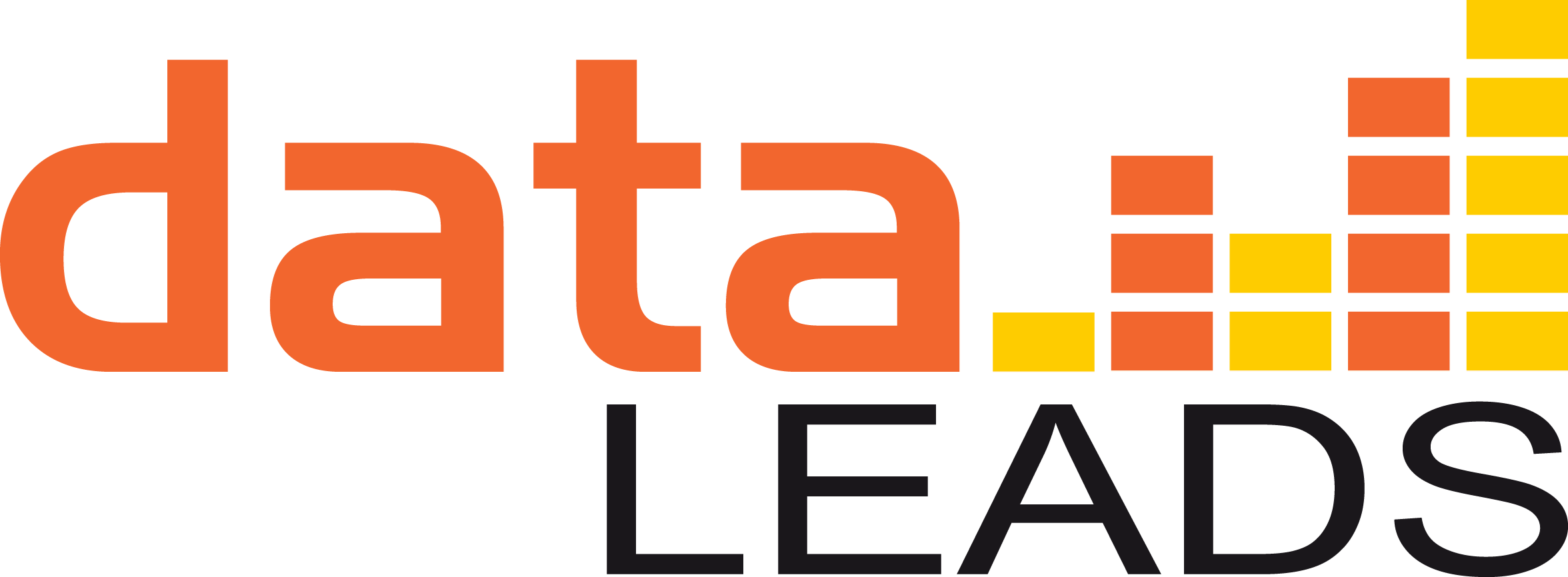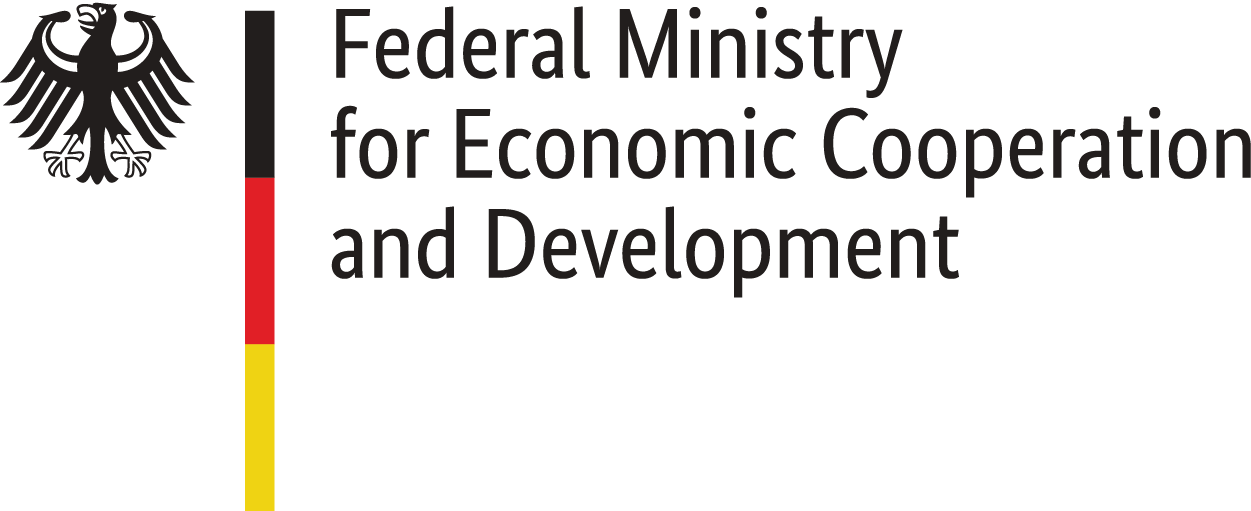Politics
The Indian political spectrum is dotted with a staggering number of political parties – seven of them are recognized as national parties by the Election Commission of India, 56 additional ones are recognized as regional parties, and there are 2044 more parties registered at present with the Election Commission of India, but not being officially recognized as political party by the Commission, depending on its electoral performance in the most recent election
THE EARLY YEARS
After attaining its independence from the British rule, which was on the 15th of August, 1947, India became a Republic with parliamentary democracy. On the 26th of January 1950 the country adopted the Constitution that allowed its citizens to directly elect the representatives who would rule on their behalf. It is one of the longest written and most amended constitutions of any sovereign country in the world.
INDIA'S GOVERNANCE SYSTEM
There are two levels of governance in India. The first, federal level is the Indian Parliament, members of which are directly elected by the people of the country, usually every five years. The second level features the State Legislative Assemblies, where citizens of each particular state vote for representatives, who eventually form the government to run their state; there are 29 states in India, so there are 29 State Legislative Assemblies. In addition, there are also seven Union Territories, that are governed directly by the Central Government through their representative, the Lt. Governor. Two of them – Delhi and Puducherry – have their own State Assemblies.
The Indian Parliament is a bicameral legislature with two Houses – the Lower House, and the Upper House. The states are governed by the respective State Assemblies or the Vidhan Sabha, as it is known in Hindi.
Lok Sabha, the Lower House has a maximum size of 552 members – 530 of them represent the states in the country and 20 members represent the Union Territories that are administered by the Central Government through a representative called the Lieutenant Governor appointed by the President of India.
Rajya Sabha, the Upper House members are elected by the elected members of the State Legislatures and the Union Territories. Each political party of a State Assembly sends certain number of members to the Rajya Sabha. This number is proportionate to the political party’s strength in the State Assembly. Unlike the Lok Sabha, which is dissolved every five years, or in certain circumstances when it cannot be sustained, the Rajya Sabha is never subject to dissolution. The size of Rajya Sabha is 250 members – of which 238 are representatives of various states and 12 are nominated by the President. A Rajya Sabha member serves a term of six years. One third of the members retire every two years, and elections are held again for these vacant seats.
The President of the country is the Head of State and is elected through an indirect election. Elected members of Lok Sabha, Rajya Sabha and State Legislative Assemblies and elected members of Union Territories with a State Assembly, vote in the Presidential election. Indian Presidency is largely ceremonial and the government is run by the Prime Minister, who is the head of the party that has a majority of representatives in the Parliament, and his Council of Ministers.
THE PARTY SYSTEM
India is a multi-party democracy. The Indian National Congress established before Indian independence in 1885 has been the most dominant political party that has been in power with repeated success. In 72 years since India’s Independence the INC was in power for 53,8 years at different times. After heading a coalition called the United Progressive Alliance, UPA from 2004-2014, the Congress was routed at the elections in 2014 that saw the right-wing political party BJP (Bharatiya Janata Party, or Indian People’s Party), established in 1980, come to power with a landslide victory that decimated the outgoing Congress party to a mere 44 seats. Narendra Modi, the current Prime Minister headed a coalition called the National Democratic Alliance or the NDA with his own party – the Bharatiya Janata Party – being the largest party in the alliance with 282 seats.
PRESS FREEDOM: CHALLENGES
Indian Press is largely free, and has played the role of a watchdog for the public, having broken many scams, and investigations, also against the party in power. However there is a certain number of restrictions that apply to expressing opinion related to the issues of sovereignty, security, foreign and diplomatic relations. The Official Secret Act gives the government right to interrogate the journalists about their source of information related to matters that the government considers a threat to the national security.
The Indian government has cracked down on media at times, significant among these is the imposition of Emergency on 26 June 1975 by the then Prime Minister, Indira Gandhi when civil liberties were suspended, free press being one of them. Journalists considered inimical to the Gandhi government were imprisoned and dissent was summarily scuttled. Much later, in 1988, the then Prime Minister, Rajiv Gandhi (the son of Indira Gandhi), unsettled by corruption charges against his government, brought the Anti-Defamation Bill that sought to curb the freedom of the press. A few months later, faced with a nationwide protest and public outcry, the Bill was withdrawn.
The current government headed by Prime Minister Narendra Modi has often been seen as being intolerant of criticism and bad Press. World Report 2019 of Human Rights watch has criticised the Modi government of not tolerating dissent, and foisting cases of sedition on voices that did not agree with his policies. Modi has also refused to engage with the Press directly. In his five year term, he has not held even one press conference and taking questions. By contrast, his predecessor, Dr Manmohan Singh of the Congress Party, has a record of holding regular press conferences.
India’s rank in the World Press Freedom Index by Reporters Without Borders (RSF) has been steadily falling for the past four years from 133 in 2016 to 136 in 2017 and 138 in 2018 reaching 140 in 2019.
Several factors have contributed to this poor ranking, such as the rise of violence against journalists, in particular, by supporters of Prime Minister Narendra Modi during the General Elections in 2019; hate campaigns on social media increasingly targeted at journalists with critical views on Hindutva followers, an ideology which uplifted Hindu nationalism; self-censorship encouraged institutionally through the thread of criminal persecution and outdated “sedition” laws; and finally, restricted access for foreign journalists to cover issues considered “sensitive”, read Kashmir, by the authorities, and the use of violence against local journalists through the paramilitaries.
Political parties and persons with political affiliation own and control sections of the media in India. India’s state-owned broadcasters – Doordarshan and All India Radio have always served as a mouthpiece of the government in power. There were feeble attempts to delink the broadcasters from government control and make Doordarshan and All India Radio (AIR) more independent, by setting up an autonomous body with an independent CEO, called the Prasar Bharati that oversaw Doordarshan and AIR. In practice however, there has been no autonomy as the corporation still acts under the directives of the government. In addition, the Indian government holds complete monopoly of news broadcast in radio. Private radio stations cannot produce or broadcast news in India, and it remains exclusively with the state-run All India Radio. Prime Minister Narendra Modi uses the radio channels to reach out to the country by doing a show called “Mann Ki Baat” (roughly translated, From the Heart) every Sunday at 11 am. The message is carried in all regional languages as well.
Politics in India is a colourful spectacle during elections as hopeful candidates hit the ground trying to win over voters, using every trick in the book. Once the elections are over, the ensuing five years become a stage for high political drama and action. The next General Elections are scheduled to take place this year, 2019 between March and April.
Sources
Constitution of India - Explanation
Retrieved from Ministry of External Affairs on 22 May 2019
From Empire to Independence: The British Raj in India 1858-1947
Retrieved from BBC on 22 May 2019
India's Ascent: Five Opportunities For Growth And Transformation
Retrieved from McKinsey&Company on 22 May 2019
Governors-General of India (1772-1857)
Retrieved from EduGeneral on 22 May 2019
Rajya Sabha: Functions and Powers of the Rajya Sabha
Retrieved from YourArticleLibrary on 22 May 2019
List of Political Parties & Symbol MAIN Notification dated 15.03.2019
Retrieved from Election Commmission India on 22 May 2019


